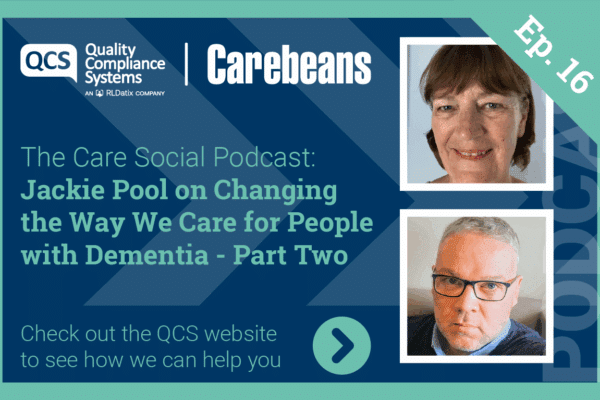 New models of care are being implemented in the care of the elderly in Scotland. The focus is changing to providing care in the community through combined health and social care facilities, as well as other support services, in the one location.
New models of care are being implemented in the care of the elderly in Scotland. The focus is changing to providing care in the community through combined health and social care facilities, as well as other support services, in the one location.
This serves the local community, reducing the need for hospital admissions or other longer term placements. They often involve the local community in their planning and operation, serving as a sort of community hub for the area served.
Such centres serve a range of purposes: prevention, appropriate support and meaningful social interaction.
Prevention
When a person can receive an earlier intervention in a medical or health problem, it follows that the problem is likely to be addressed more effectively and speedily. So, instead of a hospital admission to have an issue addressed, a rage of professional services in the community, easily accessed on a one-stop basis, can limit the amount of resources needed as well as preventing further escalation of problems while the person waits for assessment, diagnosis, admission and treatment.
Appropriate support
Community support and treatment is a halfway house to ensure a range of resources is available for each person, should they need it. One older person may benefit from social interaction in day care, another may need intermediate care while a carer has a break, while another may need a short term place after discharge from hospital.
Social interaction
A range of community services are often available in this new model, including community cafes and other services. It is known that social inclusion and meaningful interactions are means to delay or reduce the impact of developing dementia for the individual. The outcome of this is that community hubs can reach and assist isolated individuals who might otherwise be vulnerable at the early stages of dementia as well as supporting them to lead as normal a life as possible while receiving support and treatment.
Examples
In the town of Aberfeldy in Perthshire a community hub is being developed at Dalweem care home, using part of the building for that purpose. The combined integrated health and social care provided has been endorsed by the local NHS and GP services. They have confidence that people will be supported to live in their own community, without unnecessary hospital admissions. Care for complex needs will be delivered in a ‘joined-up and seamless’ way.
Again, in Kirkcaldy, in Fife, a ‘care village’ has been set up to replace and extend the service provided from two older, more traditional care homes. It is intended to provide multiple services, easily accessible in the community. The services either planned, or already in place are:
- A residential care home;
- A day care service;
- Extra care housing;
- A community cafe;
- An onsite nurse practitioner service;
- A re-enablement unit;
- A hairdressing salon.
Two major advantages drive the nature of these new approaches. Firstly, the local community is involved, in extensive initial consultation, including existing service users. Secondly, the service is seen to be more cost effective and cheaper than the setting up of larger and more specialist services such as are found in many hospitals.
We live in times of increasing austerity, with increasing consumer expectations, these are considerations that promise there is a good future for the development and spread of such community-centred approaches in meeting people’s needs.






